Somalia
On the brink
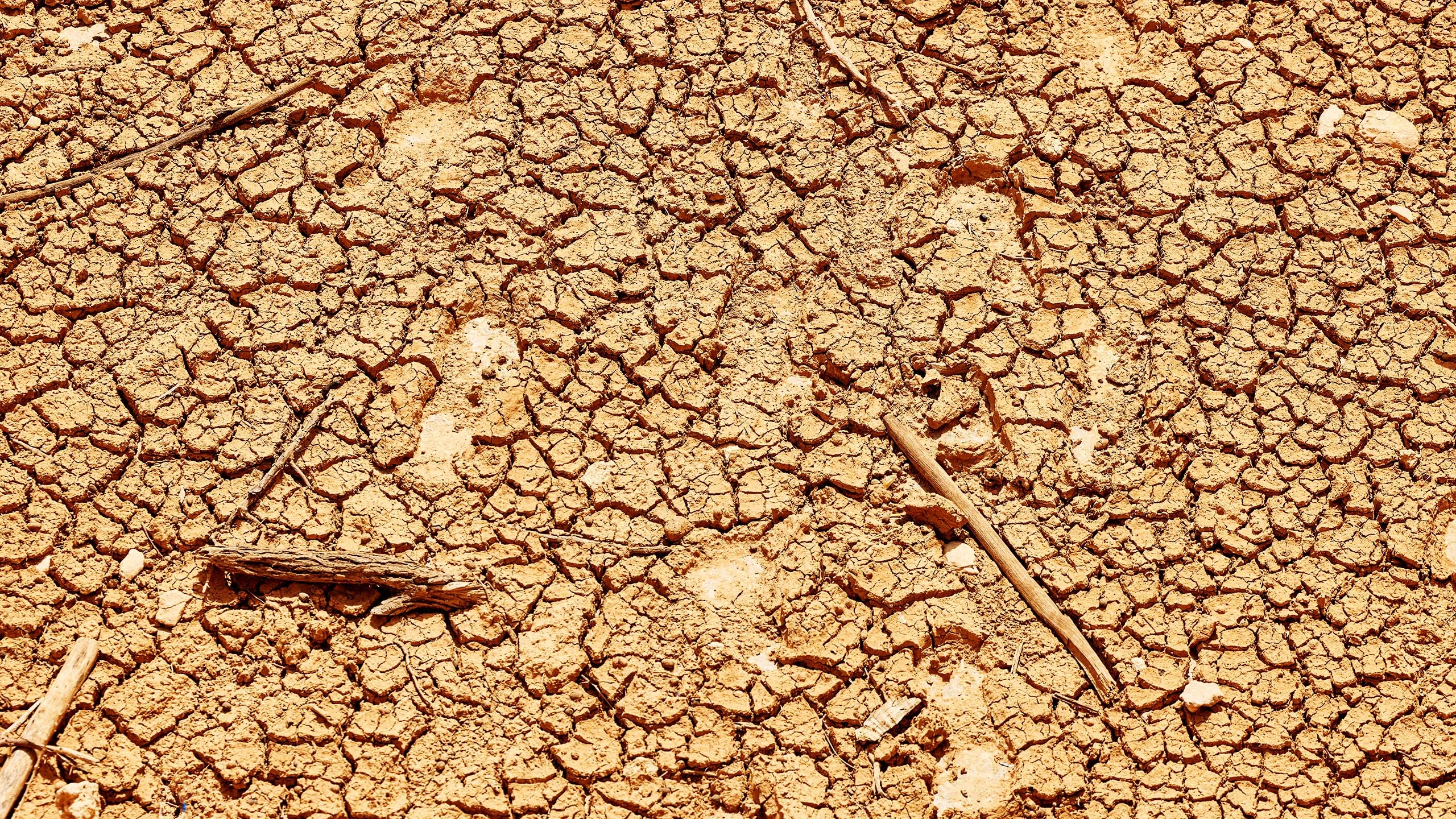
“That's why I came to the doctor, to save her life.” Saado, a young mother from Somaliland, sits on a bed in a malnutrition clinic in the country’s Toghdheer region, gently fanning her one-year-old daughter, Sagal Ali, who is lying on the bed next to her.
Somalia is on the brink of famine. Four failed rainy seasons and the subsequent drought, the worst seen in the Horn of Africa in decades, rising food prices and an underfunded humanitarian response have resulted in a 160% increase in the number of people facing catastrophic levels of food insecurity, starvation, and disease.
The crisis is having a devastating and terrifying impact on young children like Sagal Ali. Saado and her family rely heavily on their livestock, as a source of both nutrition and income.
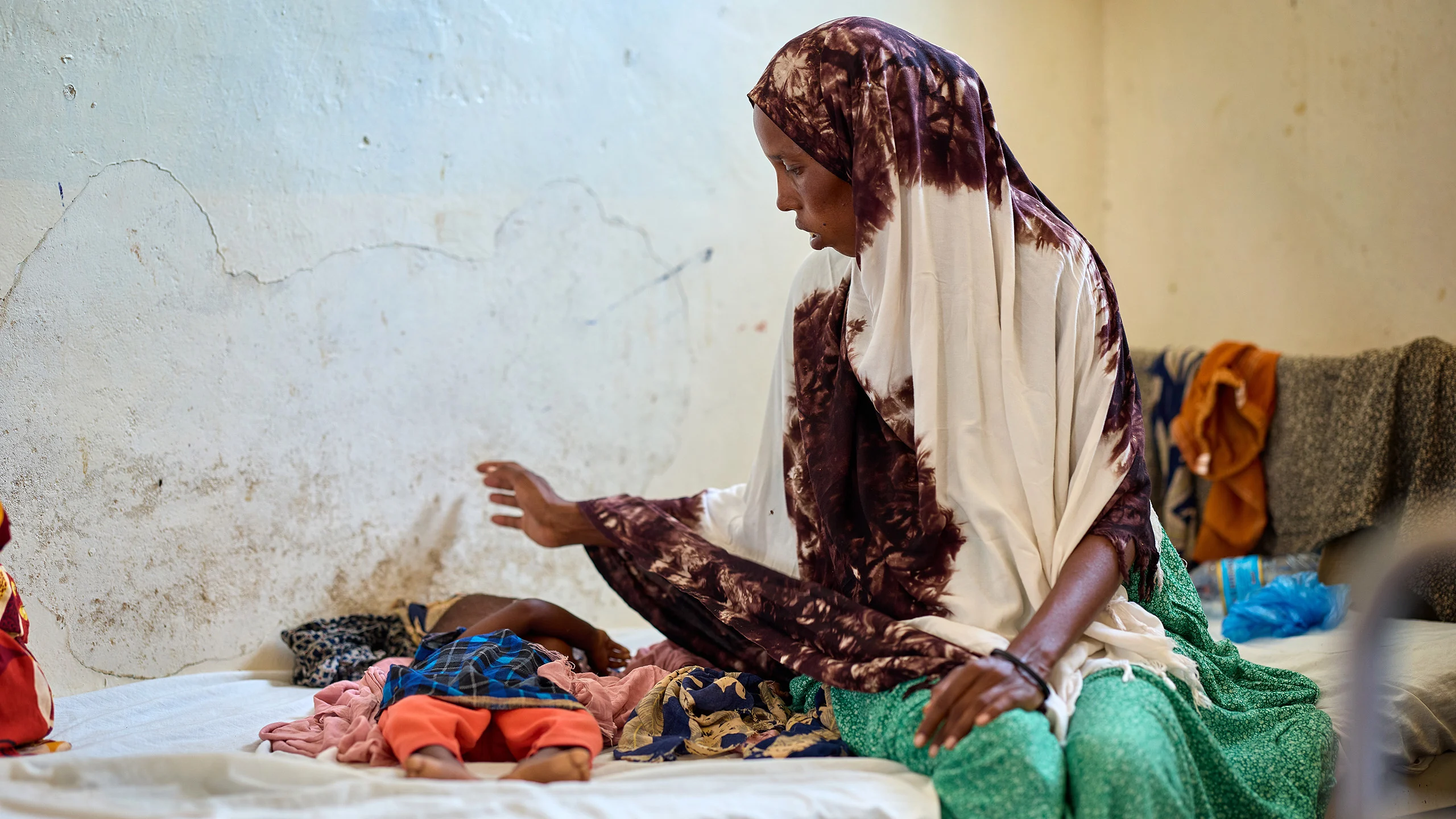
“We have been suffering for a long time. It has now been nine months of malnutrition and depleted livestock. Some of our animals have died and some have become very weak. Because of a lack of milk from our animals and clean water our children have been falling ill with diseases, like diarrhoea and vomiting,” explains Saado.
It is hard to imagine, but the situation is only likely to get worse. Some forecasts are predicting a fifth failed rainy season approaching later this year. Communities that are already enduring the worst hunger they have experienced in their lifetimes could be pushed to the brink of starvation.
“The drought is just getting worse and worse. The lack of water is making our situation worse. It’s getting harder and harder. My daughter is still ill. It’s difficult for us, with no milk from our animals,” says Saado.
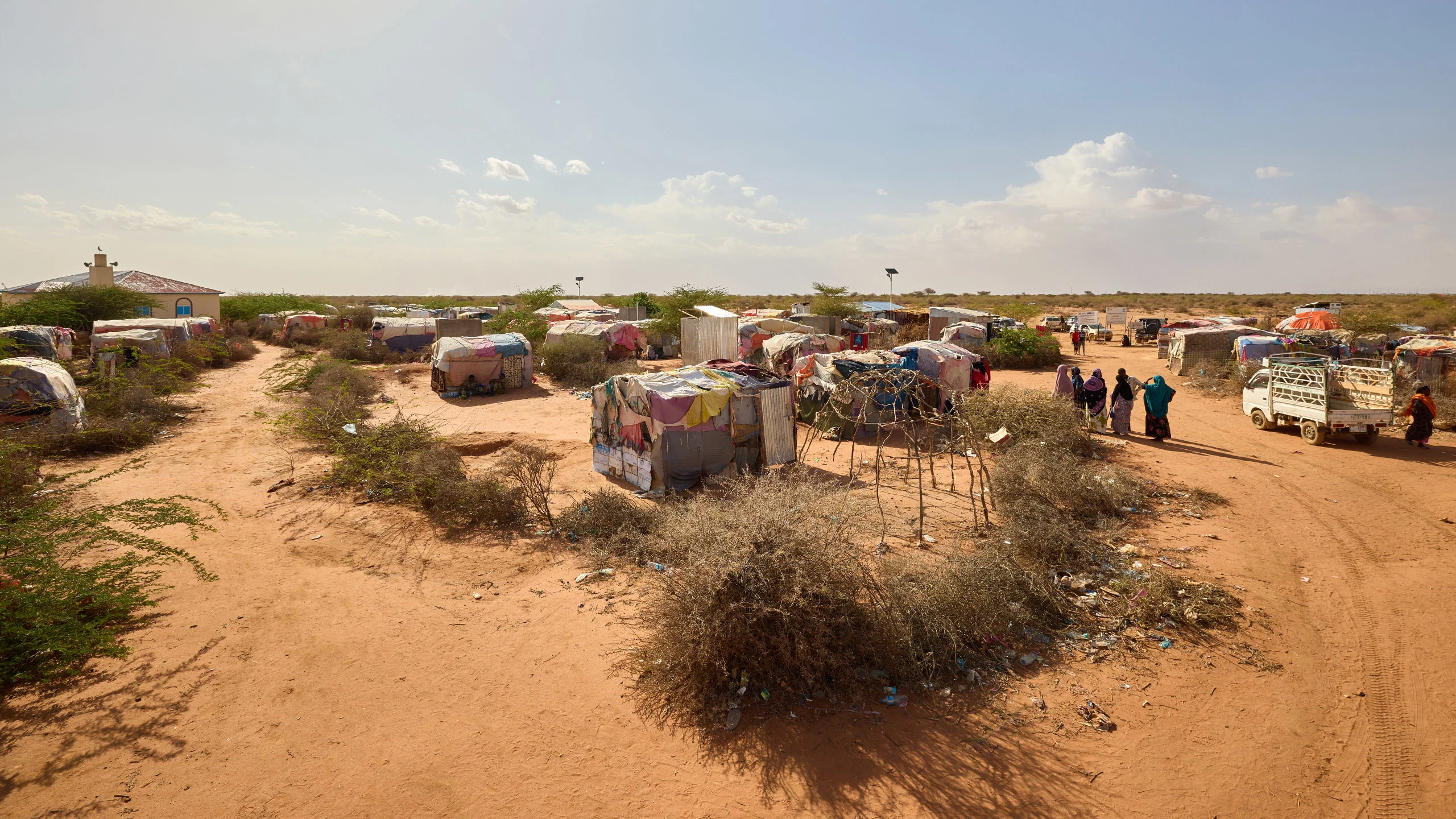
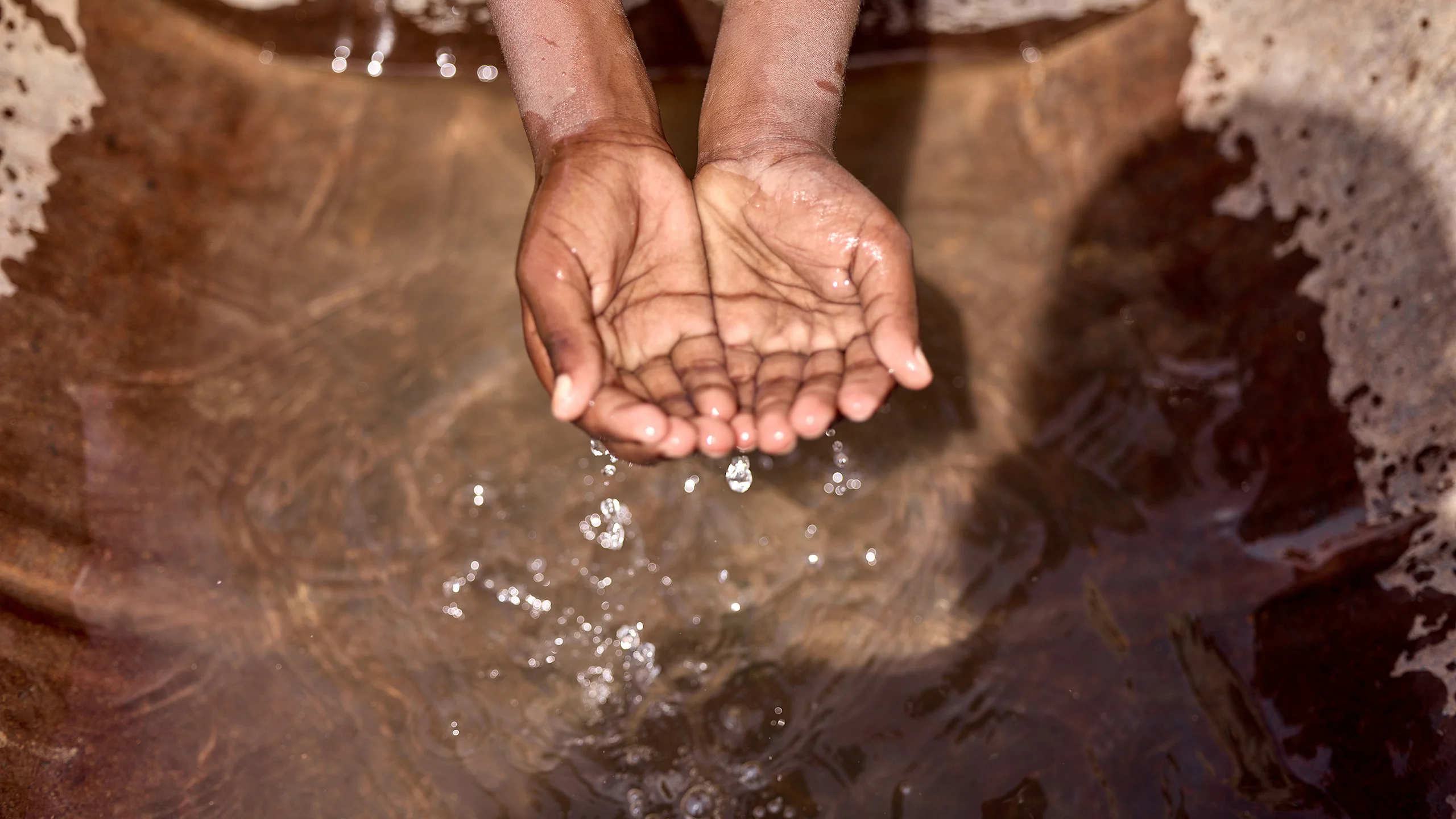
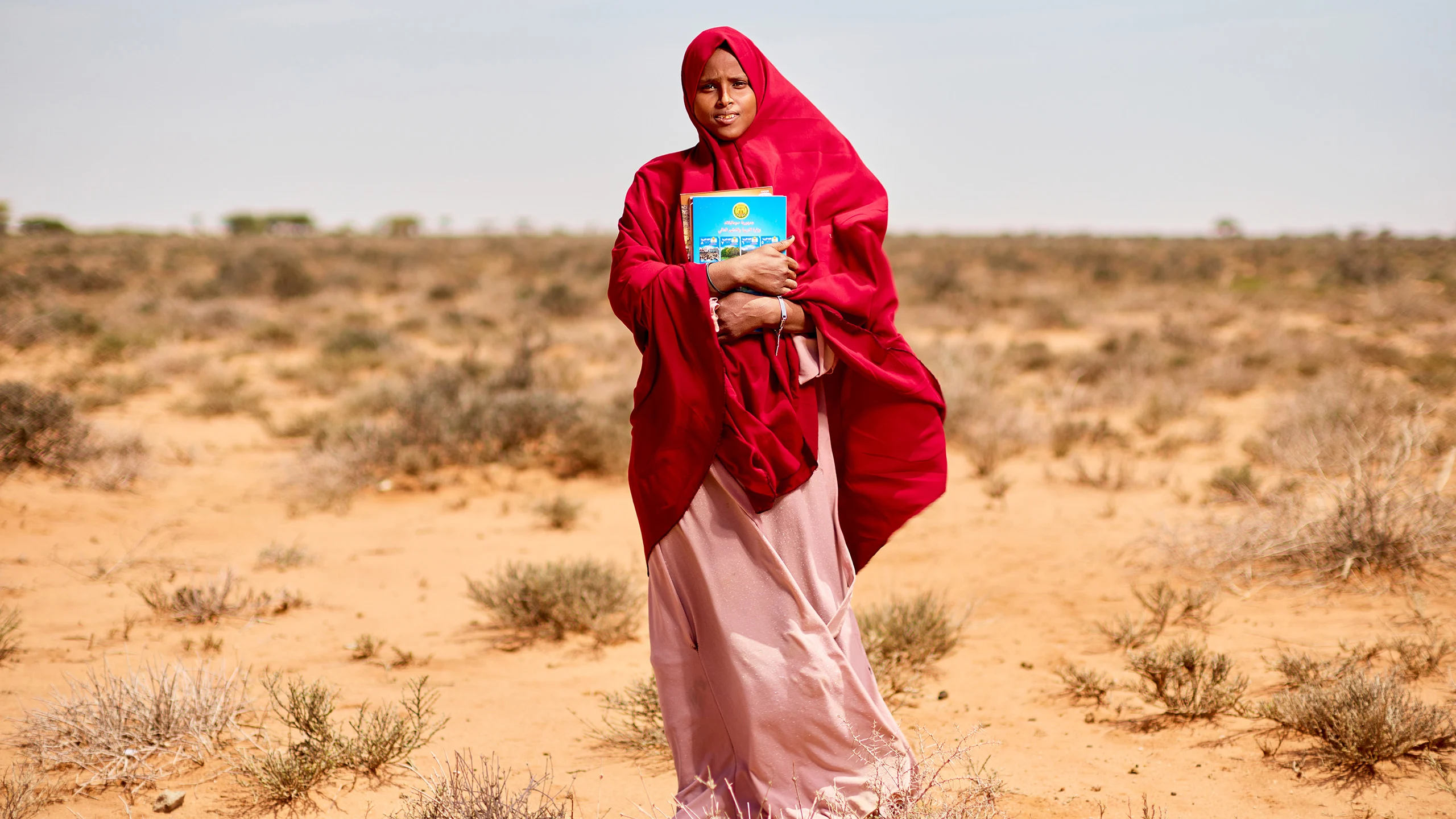
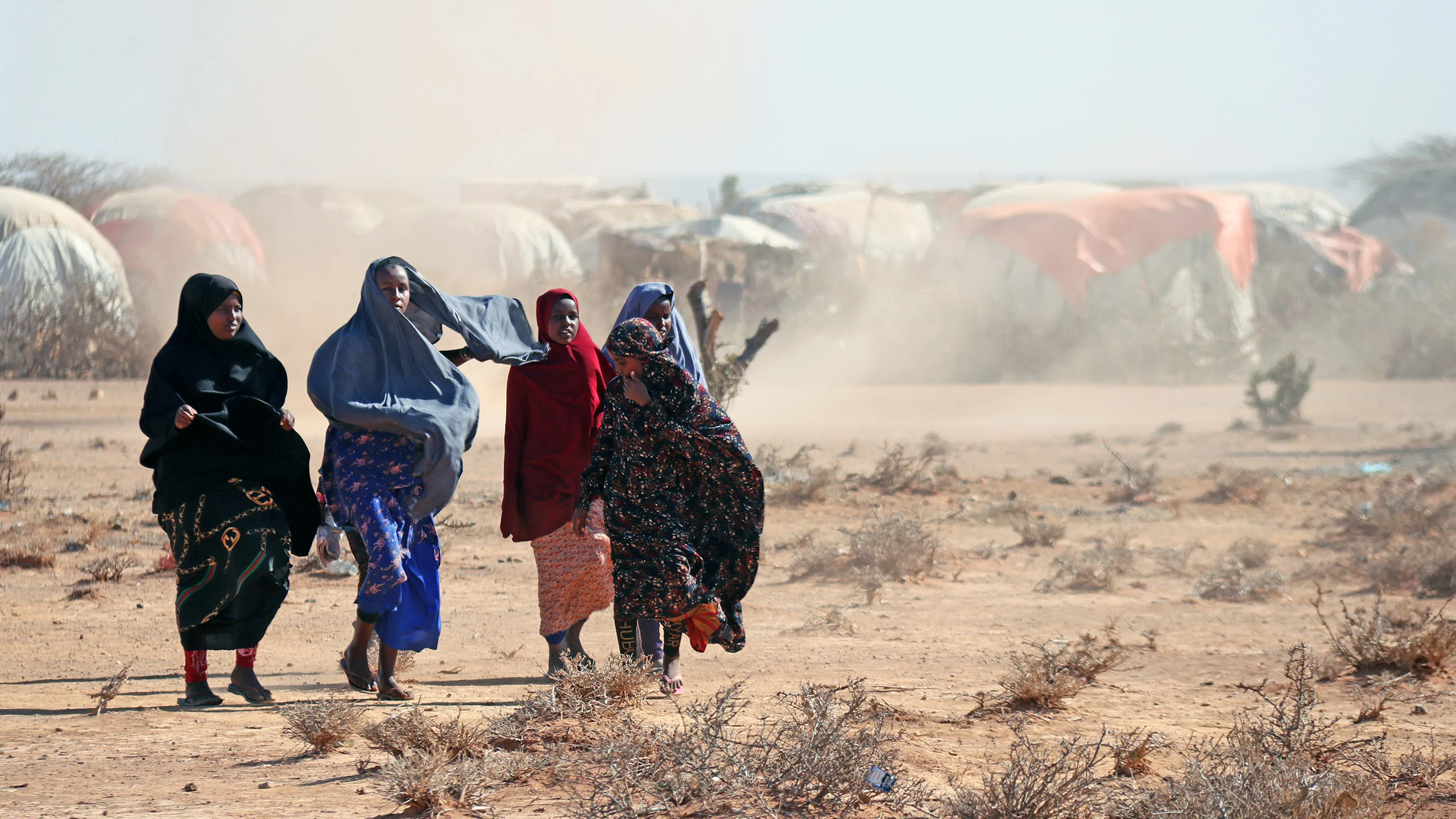
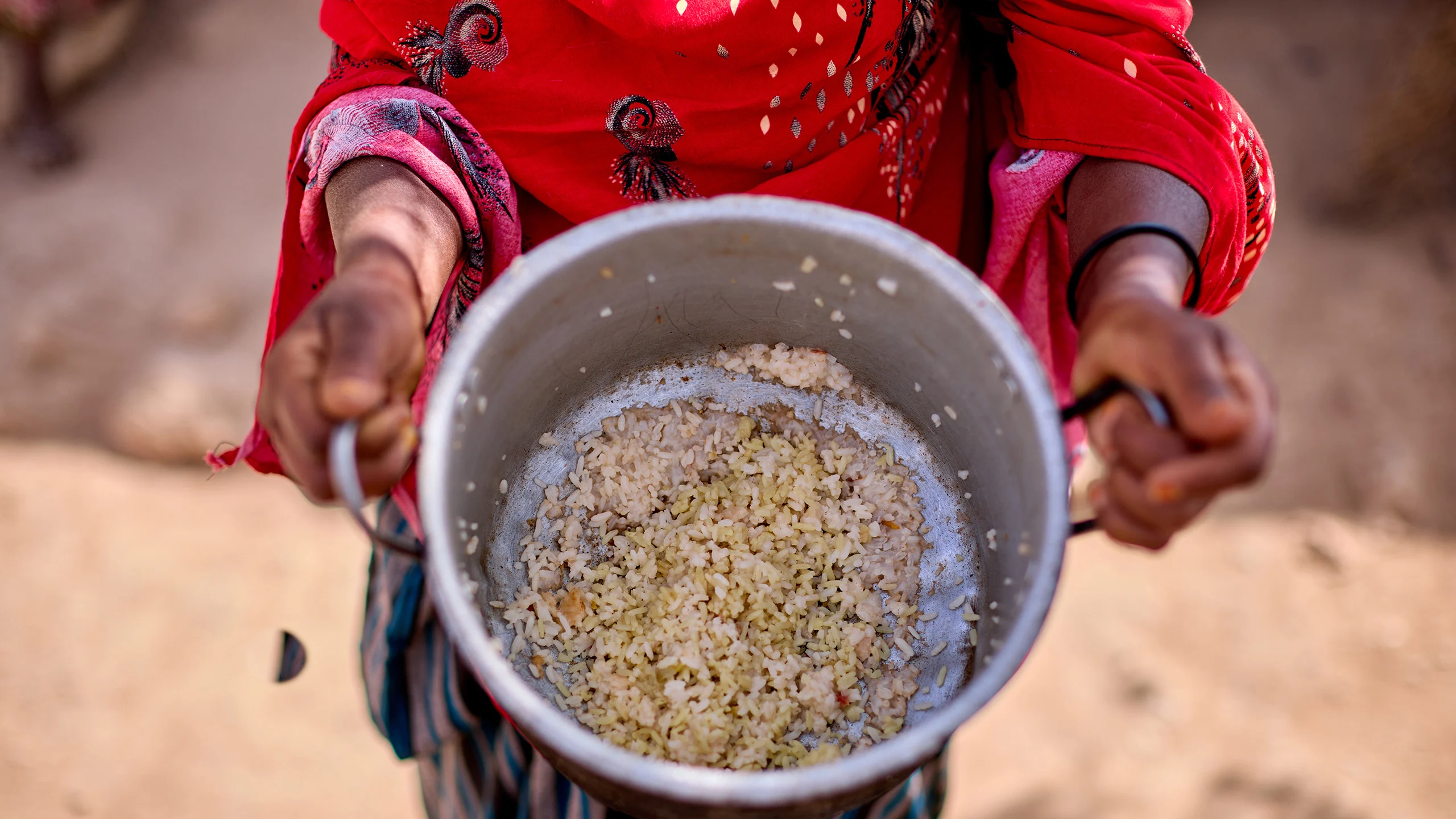
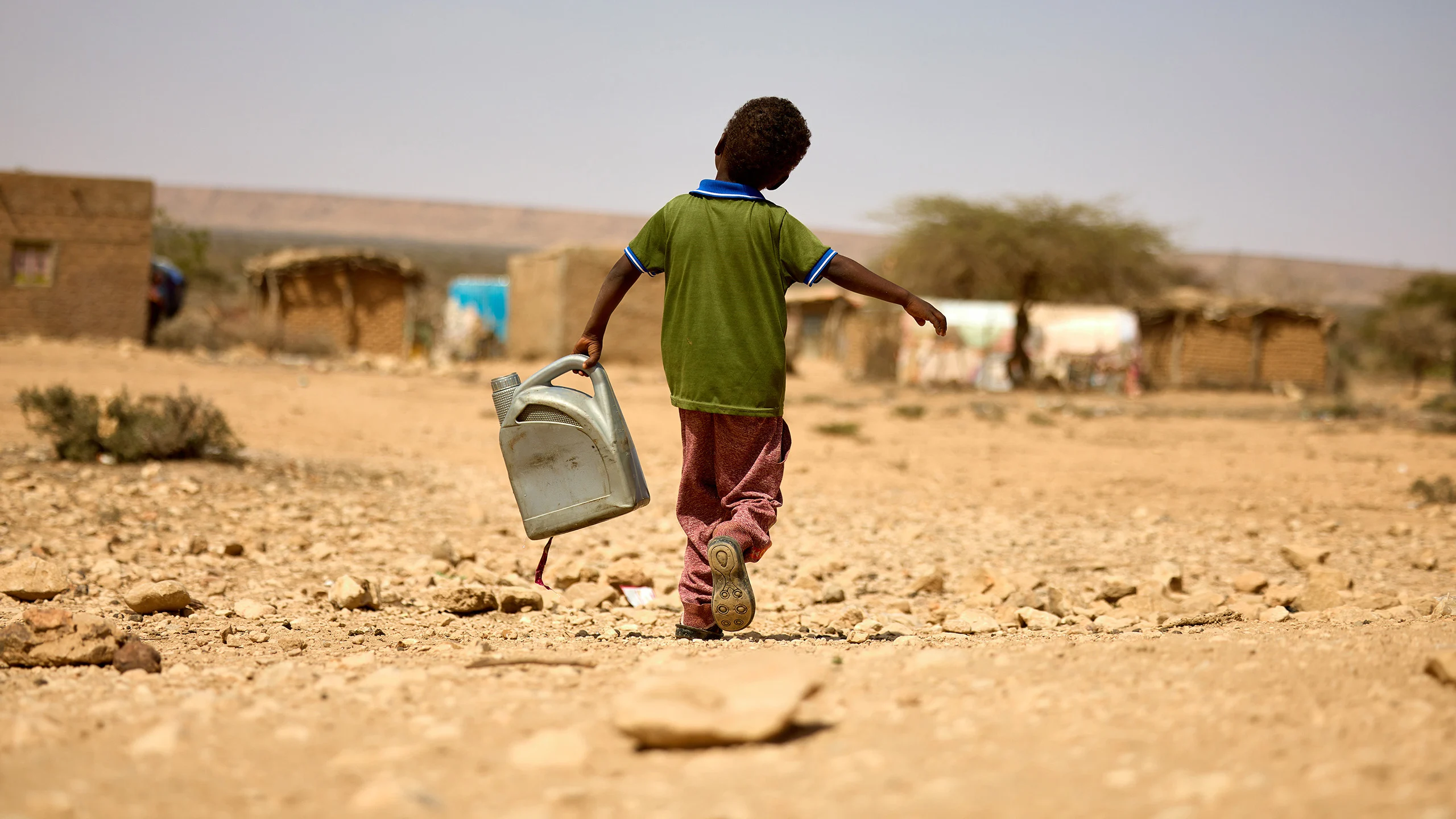
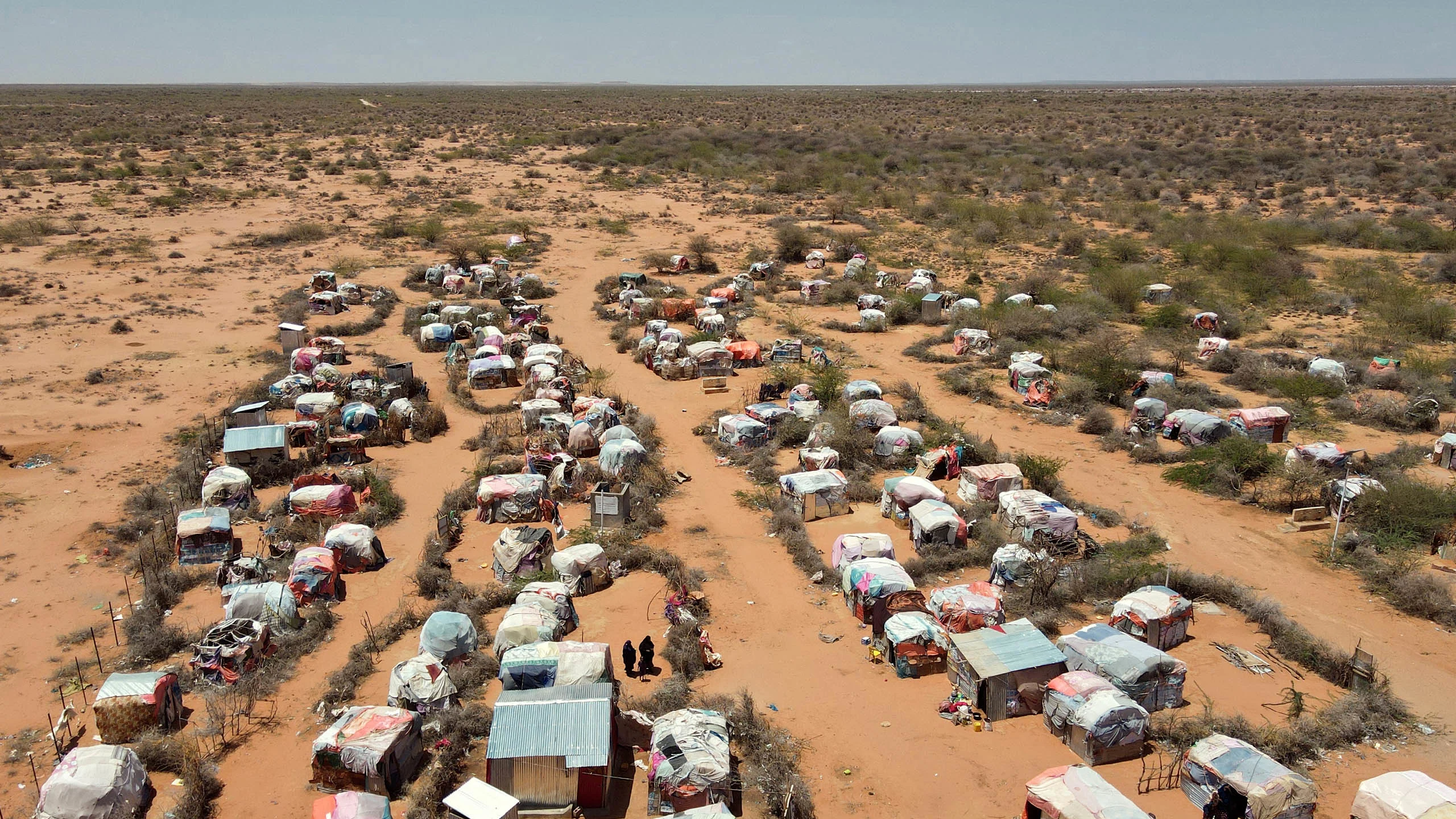
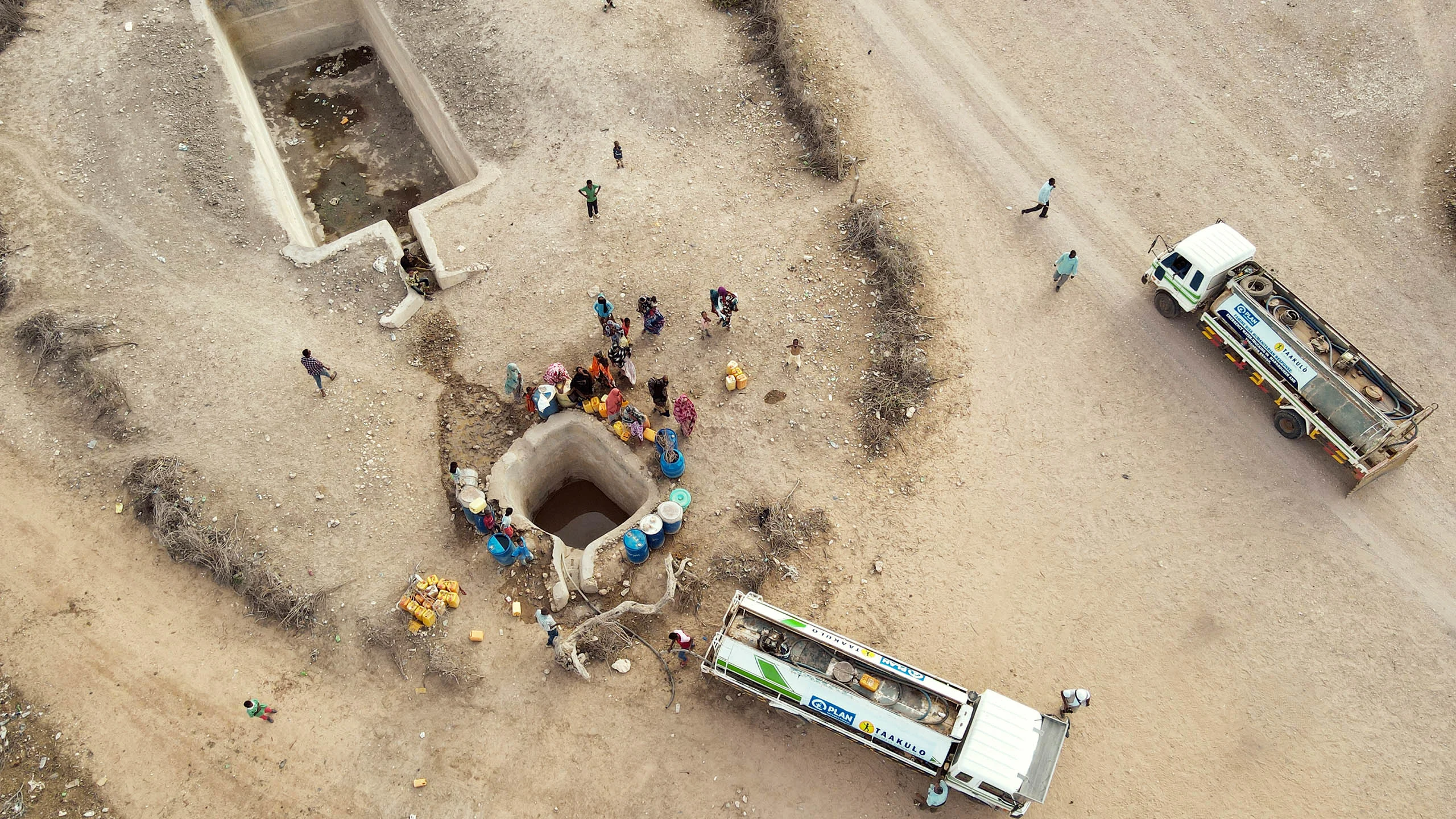








The scale of the crisis is staggering. The latest reports from UNICEF indicate that by the end of the year 7.1 million Somalis could face extreme food insecurity and 1.5 million children under the age of five, or roughly 50% of Somali children, are at risk of becoming severely malnourished. Nearly 920,000 people have been forced to leave their homes in search of food and water.
The effects are already evident. Hamda Mohamed Nuur, a nurse at the malnutrition clinic where Sagal Ali is being treated, has seen an increase in the number of mothers arriving at the clinic in search of help for their severely malnourished children over the last six months.
“Our average admissions are way more in drought times than in usual times.
There is an increase in mothers and children who are being admitted to this clinic, day after day and month after month.
There are children who have died in our ward.”
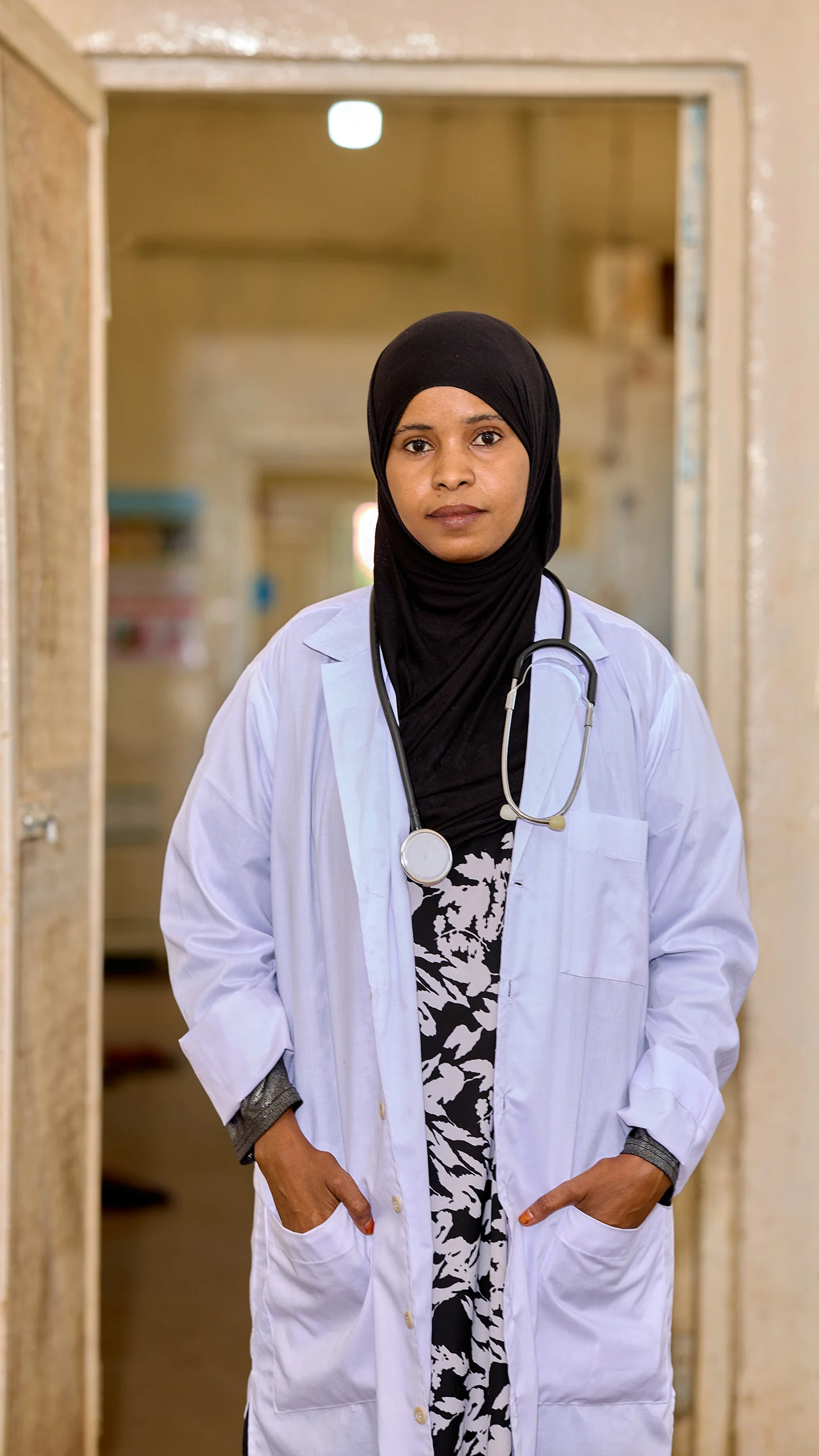
As Sadia Allin, Head of Mission for Plan International in Somalia and Somaliland points out, girls and young women will be the hardest hit by this crisis. “When food is scarce, girls often eat less and they eat last.” She said.
Plan International has been responding to the drought across the Horn of Africa since the beginning of 2022. Working with our local partners, we are providing children and their families in Somalia and Somaliland with life-saving assistance. Our response has included emergency water trucking and cash assistance, giving families the ability to purchase food and water and access critical services such as health and education.

